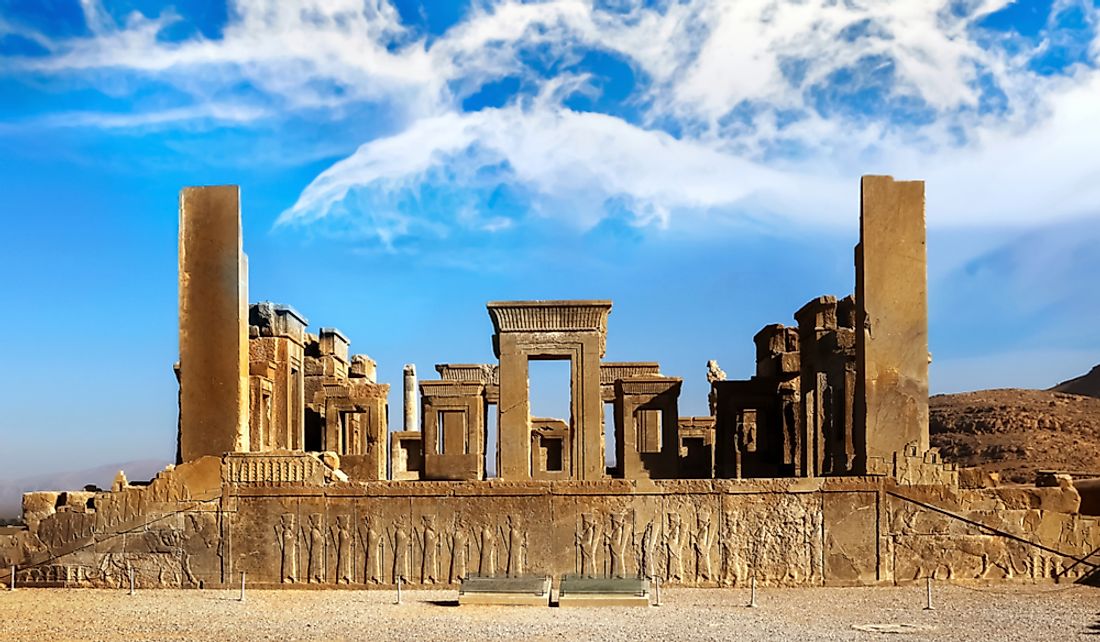Which City Served as the Capital of the Persian Empire?

Persian Empire was a series of imperial dynasties that were centered in modern-day Iran. These dynasties span over centuries, dating back to the 6th century BCE to the 20th century CE. The first empire was the Achaemenid Empire which was founded by Cyrus the Great around 550 BCE and became one of the largest empires in history. This empire stretched from the Balkan Peninsula to the Indus Valley. Other dynasties that formed the Persian Empire include the Parthian Empire and the Safavid Empire. In the history of the Persian Empire, five cities were considered as the royal capital. However, Persepolis is widely considered as the capital of the Persian Empire.
Persepolis
The Persian Empire ruled over Mesopotamia with the Achaemenids of central Iran ruling the empire which comprised of Egypt, Iran, Syria, Mesopotamia, and parts of Asia Minor. The ceremonial capital of the first Persian Empire was Persepolis. The city is located in southern Iran and was founded by Darius the Great. Persepolis was the greatest of all the Persian capital. Its construction began in 518 BCE by the orders of Darius the Great who made it the new capital instead of Pasargadae which was the old capital and the burial place of Cyrus the Great. The name “Persepolis” is derived from the word "Parsa" which means “City of the Persians.”
Construction of the City
The city of Persepolis is located near River Pulvar which is a small river that flows into the Ku River. The city was built on terraces which rise on a larger terrace which is over 125,000 square meters. The east side of the city leans on Mount Kuh-e Rahmet (Mountain of Mercy) while the other sides were formed by retaining walls of different heights ranging from 16 feet to 43 feet. The terraces were filled with heavy rocks and soil and fastened with metal clips to create a level terrace. The main building material was the gray limestone. The construction of the Council Hall and the main imperial Treasury begun during the reign of Darius I and were completed by his son Xerxes I.
Destruction
Further construction of Persepolis continued for nearly 200 years and was not complete when the city was captured, looted, and burnt to the ground by Alexander the Great. However, it is not clear whether the fire was a deliberate act of ravage or it was just an accident. Many believe the fire was an act of revenge as King Xerxes has set on fire the Greek city of Athens about 150 years ago. Today, some people say that traces of fire are still visible in some places.
Functions of Persepolis
Although Persepolis was the capital of the Persian Empire, its functions remain unclear. It was one of the smallest cities in Persia and was remotely located. It appears to be a grand ceremonial complex that was occupied seasonally, especially during summer as winter rains made it inaccessible. It is also difficult to tell where the private quarters for the king were actually located. However, some of the archaeologists have suggested that Persepolis was mainly used for celebrating Persian New Year known as Nowruz which is held at the spring equinox and which remains an important annual event in modern Iran.











